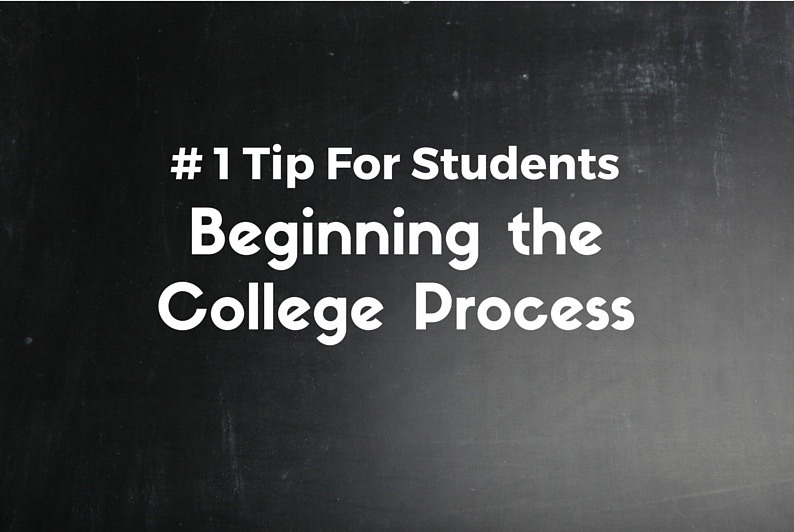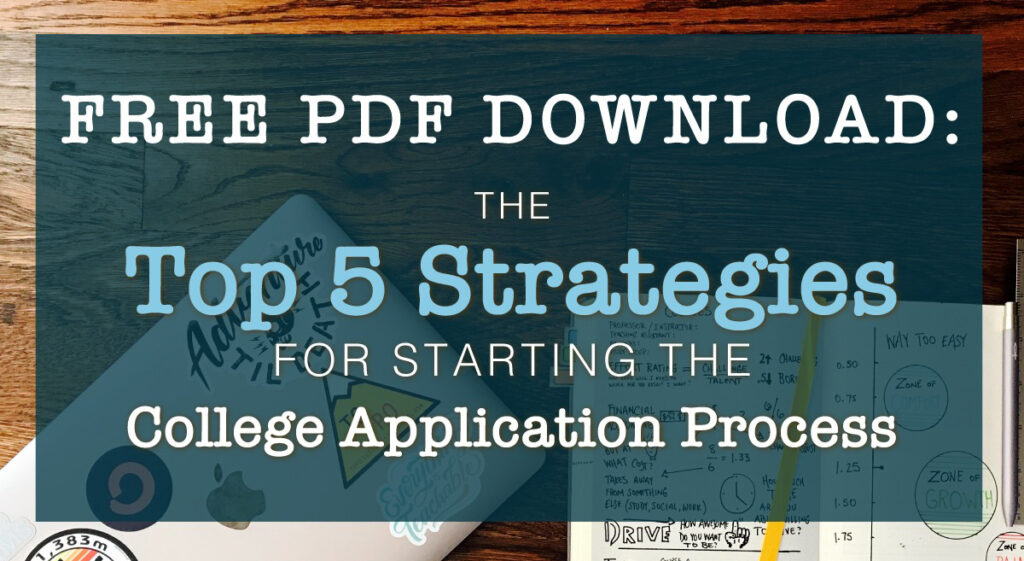
When the Coalition for Access, Affordability and Success was announced in the fall of 2015, questions soon followed. While the main premise of the new platform is to increase access for low-income and first-generation students by providing free tools for the college search and application process, some educators are concerned that the online tools will feed the college admissions frenzy by stipulating additional application requirements for students to obsess over. Meanwhile, the 91 colleges and universities that are backing the new platform claim the tools will “streamline” the college process and encourage disadvantaged students to consider schools they previously may have overlooked.
No matter which side you stand on, the Coalition is becoming a part of the admissions maze. The new “Locker” platform is set to launch in April, and the application is slated to be available in July.
Recently, Nancy Griesemer of the DC College Admissions Examiner posted several updates on the Coalition, based on her conversation with the new interim director, Colin Melinda Johnson. Griesemer provides information on the online tools offered by the platform and updates on the timeline and testing. While aspects of the Coalition tools are still developing, here are the top 5 things students need to know about the new platform and application:
1. Who are the members of the Coalition? The Coalition member list is up to over 90 schools. All of the members must offer an “affordable education.” Public schools must provide low-cost, in-state tuition and private schools must be able to meet 100% of demonstrated financial need (for admitted domestic students). Members must also have a 70% or above graduation rate over 6 years.
2. Who can use the Coalition tools? While the Coalition is geared towards disadvantaged students, any student can apply to a member institution through the Coalition Application. In fact, three Coalition members, University of Florida, University of Maryland College Park and University of Washington, have announced that they will exclusively use the Coalition platform, so all students applying to those schools will need to use the Coalition Application. The reality is that all students may find it helpful to use the Coalition’s virtual Locker to collect materials whether they plan on applying to a Coalition institution or not.
3. Will all member schools be accepting the Coalition Application for the class of 2017? No. While official announcements have not been made, some members will opt to defer using the Coalition Application for current juniors. These schools may be choosing not to participate in the first year of the Coalition Application in order to have more time to develop their individual application requirements (e.g., essay prompts, video submission questions, etc.).
4. What will the application look like? The application requirements and structure of the Coalition Application remains one of the unknowns about the Coalition. As Griesemer notes in her article, member institutions will have the opportunity to customize their application requirements – for example; some may require students to submit a graded assignment in instead of a college essay. Others may opt for additional supplemental essays to obtain more personal insights into who the applicant is and how he or she will contribute to the college community. Students may also be allowed to submit videos or a detailed resume of accomplishments. It is still unknown if there will be a shared personal statement element (like what is offered by the Common Application), but Griesemer noted that some application requirements will be “similar.” Will this create more work for students? Possibly. But it could also provide students with additional opportunities to present themselves to colleges in a more personalized way.
5. Should students use the Coalition Application or the Common Application? Students should first take a look at their list and determine their application options. While the Coalition site explicitly states that member institutions will not “prefer one application system over the other,” students may want to contact colleges offering multiple platforms to ask how materials from each option will be reviewed. Students also need to look at the requirements for both platforms and decide which one will give them the best opportunity to tell colleges what they want them to know. Students should not look at the platforms and decide which one will be “less work.” Instead, they need to examine how they want to present themselves to colleges and which application platform will give them the best method to meet their goals.
As educators, mentors, teachers, counselors, parents and guardians, it is important that we provide students with information (as we receive it) so they can determine the best way to move forward with their college process. There are still many unknowns regarding the Coalition, but students need guidance, not opinions, to determine which platform to use to apply to the colleges on their list. Teaching students how to make well-informed decisions and examine what is in their best interest is a life lesson that will serve them well in the college process and beyond.



 This time of year is always bittersweet. It is a time to review the college process for the graduating class, evaluate the outcomes, and look ahead with new information.
This time of year is always bittersweet. It is a time to review the college process for the graduating class, evaluate the outcomes, and look ahead with new information.
 As with
As with 





 Whether a student has dreamed of attending a certain college since the age of 5 or has not even thought about what they want from their college experience, I always give students who are beginning the college process the same piece of advice: Do “practice” college visits.
Whether a student has dreamed of attending a certain college since the age of 5 or has not even thought about what they want from their college experience, I always give students who are beginning the college process the same piece of advice: Do “practice” college visits.


